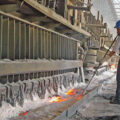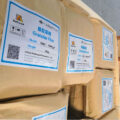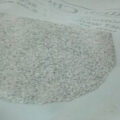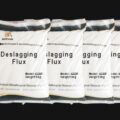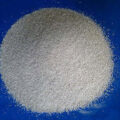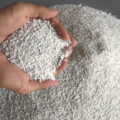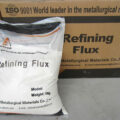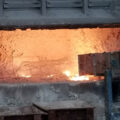Casting flux is widely used in the production of primary aluminum and secondary aluminum to improve the melt quality and recovery of metal aluminum. There are many purification methods for aluminum and aluminum alloy melts, including on-line degassing, flux refining, melt filtration, and combined methods.
The wettability of aluminum melt is changed to oxide, which makes the aluminum melt easy to separate from the oxide. As a result, most oxides enter the flux and the oxide content in the melt decreases.
Casting flux can change the state of oxide film on the surface of melt. This is because it can break the solid dense oxide film on the surface of the melt into fine particles, which is conducive to the hydrogen in the melt escaping from the particle gap of the oxide film and entering the atmosphere.
The existence of flux layer can isolate the contact between water vapor in atmosphere and aluminum melt, which makes it difficult for hydrogen to enter aluminum melt, and prevents melt oxidation and combustion.
The flux can absorb the oxide in the molten aluminum and purify the melt. In short, the refining agent can remove impurities mainly through the adsorption, dissolution and chemical interaction with oxide film and nonmetallic impurities in the melt.

There are many types of fluxes used in aluminum alloy melting, which can be divided into two types: covering flux and refining flux. Use different aluminum alloys. Covering agent and refining agent are different.
Flux refining method has a good effect on the removal of non-metallic inclusions, but the purification degree of removing non-metallic inclusions in melt is not only related to the physical and chemical properties of flux, but also depends on the refining process conditions to a great extent, such as the amount of flux, contact time between flux and melt, contact area, stirring conditions, temperature, etc.


